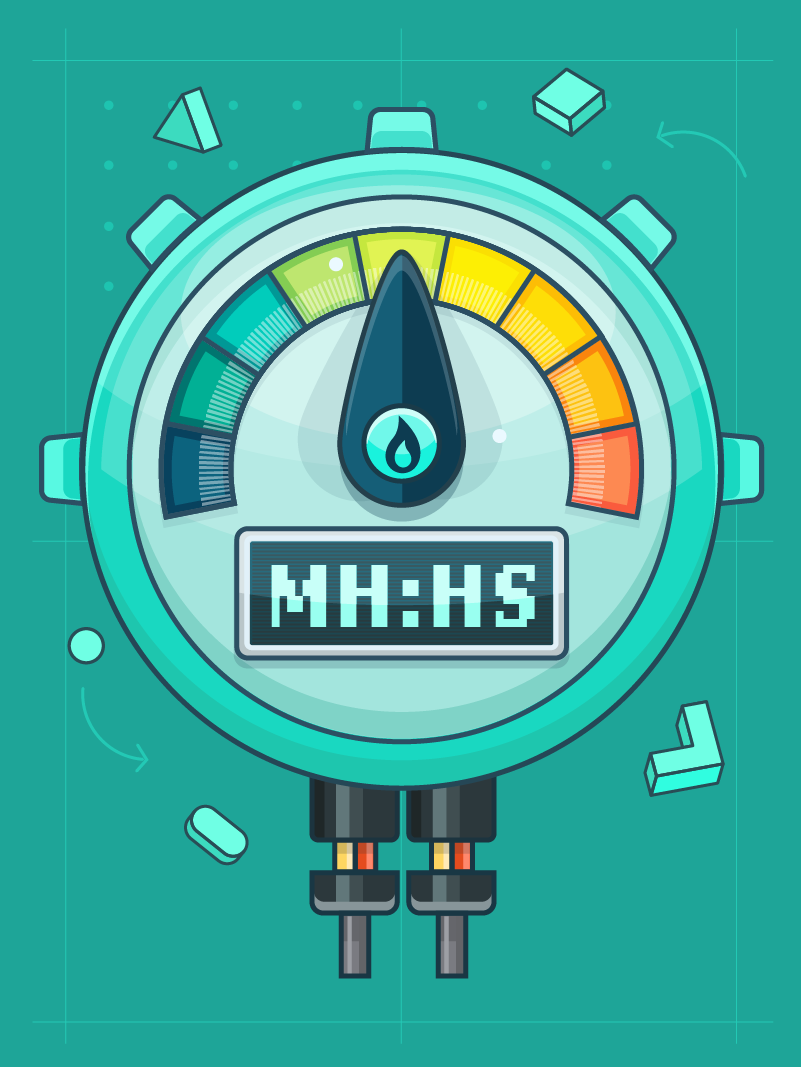As a sequel to our previous time travelling Insights article, we look now to the present and see how code automation has helped build reliability and intelligence.
If you’ve read part one, you’ll be aware that so far this year we’ve released a whopping 680 upgrades (that’s in the first 6 months of 2020 alone). These range from all-but-invisible performance tweaks, or minor bug fixes, right up to huge modular extensions (like our recent addition of the Water module).
This number of deployments is by no means unusual for us but they do require a significant resource in man and machine power prior to release; specifically when testing.
This is why we have invested so heavily in building an automated testing machine for the future.
Ultimately, we’ve built something that
can't be reasoned with, it can't be bargained with. It doesn't feel pity, or remorse, or fear and it absolutely will not stop. Ever...
Until any potential bugs have been found and tested.
Our Process
Once an upgrade has been coded and signed off by our developers, it enters the testing phase where:
As Miles Dyson or Skynet can attest, it is, of course, impossible to ensure 100% certainty for any technological release. However, with these measures in place, we’re able to mitigate against issues way above the norm and look to provide a seamless transition between versions T-800 and the T-850, and the T-1000 and the T-3000…
The future has not been written. There is no fate but what we make…
So if you’d like to experience a future where you can run multi-site tenders, monitor sales opportunities and forecast commission payments, please ask for a demo.
Latest articles...
A Very Merry Pants Vs. Pants
Choose your side, play & win prizes. Rack up your score, push your country up the…
MHHS Industry Update
As part of the Market-wide Half Hourly Settlement (MHHS) programme, there are…
Enter your email below and we’ll write to you about once every 2-3 weeks.

